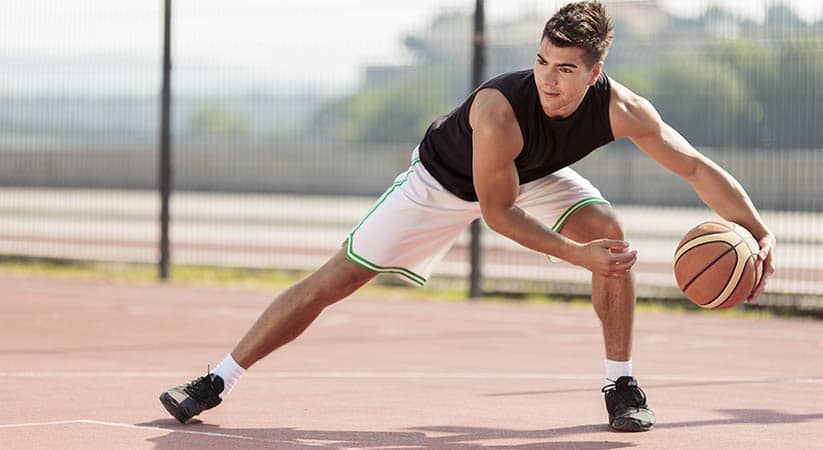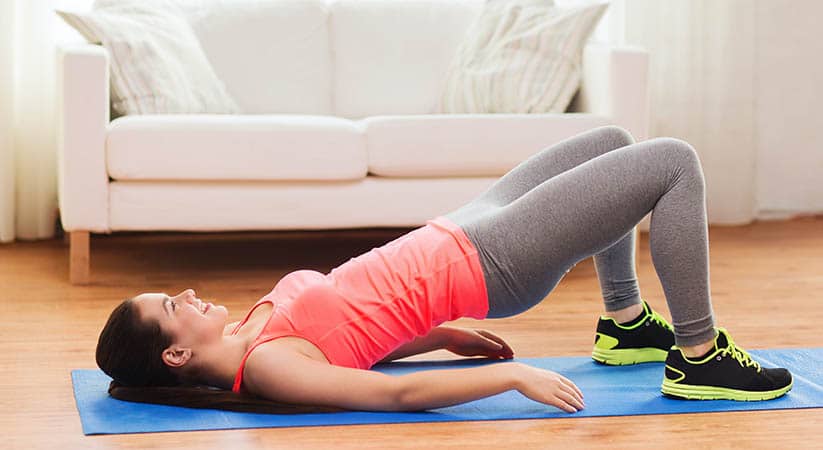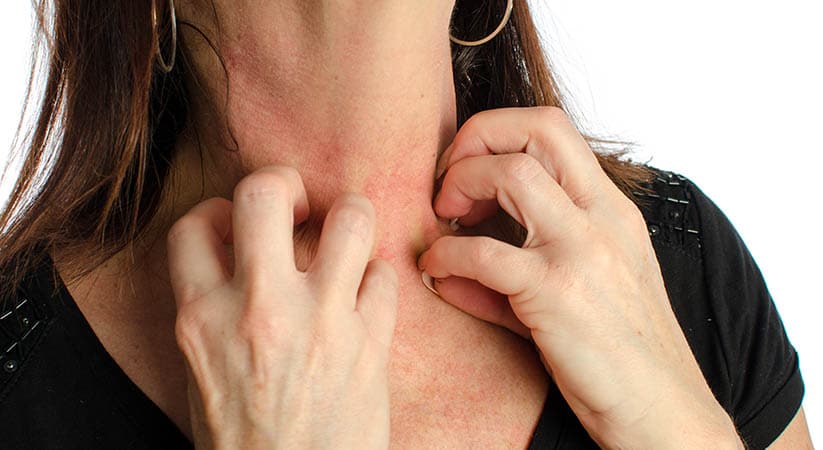The elbow is a very complex joint that has a lot of bones, muscles, ligaments, and tendons. One of the most common ligaments that can be under immediate effect of an injury is the ulnar collateral ligament. Here is all you need to know about UCL injuries and when you should see an orthopedic surgeon.
The Anatomy Of Ulnar Collateral Ligament
The elbow has several ligaments that keep the bone together and it helps in stabilized movement of the elbow. The ulnar collateral ligament is a complex connection of ligaments in the elbow. A ligament essentially acts like a rope and it keeps the bones, joints, and other muscles together and prevents too much movement.
The ulnar collateral ligament is found on the inner side of the elbow. This is what connect the humerus (the upper arm bone) to the ulna (the forearm bone). The UCL allows stabilization and movement of the elbow, especially in actions like throwing a ball, swinging the hand, etc.
The ulnar collateral ligament can also tear or rupture. This can cause a painful sensation in your elbow, radiating down towards the palm and you might also lose sensation in worst cases. Your arm will feel loose and it can also cause sportsmen to stop playing sports because they just can’t seem to engage their hands and elbows in certain ways.
Causes Of Ulnar Collateral Ligament (UCL) Rupture
Stress On The Elbow
The main cause of ulnar collateral ligament ruptures, tears, and general injuries is the strain and stress on the elbow, especially in overhead activities.
It can occur in children as well as adults, but the main gist is that strain on the elbow causes the ligament to lose tension and become very weak and this prevents the bone from staying in place.
Fall
A lot of the time, landing on your elbow or an outstretched arm after falling can also cause ulnar collateral ligament ruptures and tears. People who play baseball, basketball, or even football can fall victim to UCL injuries, especially ruptures because many hand actions in these sports or falling can lead to a lot of impact damage on the elbow.
No Rest After An Injury
Once the UCL is ruptured, it can lead to a pause in playing sports because the hand is not usable while injured and if you try to overexert yourself too much, then it can lead to a lot of pain and, ultimately, numbness in the arm. So, that’s not the way to go about treating an injury. Sports medicine doctors Woodbridge always suggest that you give your hand and elbow a breather and not overuse it during treatment.
Symptoms Of Ulnar Collateral Ligament (UCL) Rupture
Here are some symptoms of ulnar collateral ligament rupture:
- As soon as you extend your arm over its limit, you might hear a distinct popping sound, coming from the inside of the elbow. This is the ligament being ruptured and if you don’t stop movement right away, then repetitive use can loosen the ligament and that can lead to unbearable pain as well as bone dislocation.
- There might be a pinching or lingering pain, especially in your ring and pinky finger, because that’s the main place where UCL ruptures occur. If not treated right away, the pain can radiate up towards your arm as well.
- There also might be pain in the inside of your elbow, especially after throwing things, like a ball or swinging the arm in the air.
- The pain is tolerable, especially during the beginning, but as time goes on, you might not even feel certain sensations and there might be a prickly feeling on your palm and fingers. It’s not good at all because it implies that there might be nerve damage.
- You won’t feel any pain or discomfort when carrying things like a bag or a suitcase, but extending the arm will be a painful ordeal and you will want to stop activity immediately. This is also a diagnosing cross-check that doctors do when confirming UCL ruptures.
Diagnosis Of Ulnar Collateral Ligament (UCL) Rupture
If your elbow hurts a lot and you are getting the feeling that something is not right, then you should visit your doctor as soon as possible. Here is what you can expect when the doctor is making a formal diagnosis:
Your arm will be examined, especially the inside of the elbow. The physical exam is done to double-check any broken bones, dislocation after the rupture of UCL, and so on.
Your doctor will also take your medical and activity history, as these things are also markers of diagnosis in UCL ruptures. Whether you play sports, have fallen recently, or have had a rigorous routine that injured your elbow, and other relevant questions will also be asked and then other differential tests can also lead to a better diagnosis.
Your doctor might ask for an x-ray to get a clear picture of what’s going on inside. An X-ray is a solid diagnosing tool that can pinpoint the place where your ligament has been torn, ruptured, or even loosened.
An MRI scan coupled with injection of dye in the elbow can detect ruptures or tears in the UCL. The dye (gadolinium) traces the path of the ligament and the extent of the rupture can be seen in the MRI.
Treatment For Ulnar Collateral Ligament (UCL) Rupture
Here are some treatment options for UCL rupture:
UCL Reconstruction
A surgical method called UCL reconstruction or Tommy John surgery may be advised, especially if the ligament is torn beyond the point of no return. Tommy John surgery employs the use of a tendon from elsewhere in the body and it’s attached to the previous UCL by making small holes in the radius and the ulna.
This allows the new ligament, aka graft, to hold on better. The torn ligament is not removed, rather it’s used to reinforce the graft and give the structure added strength. The healing time frame can take anywhere between 10 months to a year, so proper care is advised.
Rest
If the UCL injury is not as severe, then resting the elbow will do the trick. All you need to avoid is overuse of the elbow and after 2 to 3 weeks, you will see a significant difference in the pain as well as the performance of the arm.
Medication
Pain medication can be given for pain management and the pinching sensations. Some people don’t need them at all, but it is better than tolerating the pain because that can be uncomfortable.
Icepacks
If there is swelling on the inside of the elbow, then you can use an icepack to alleviate the pain. This is going to get rid of the swelling, tenderness as well as the pain. If you don’t have a medical ice pack, then a bag of frozen vegetables or an ice cube can also work perfectly.
Conclusion
Ulnar collateral ligament ruptures and injuries are very common, especially if you engage your elbow and hand a lot in certain sports. It’s treatable, but it can take a turn for the worse if you let it go unnoticed. So, if you feel pain in your elbow, pay a visit to an elbow specialist Woodbridge.




